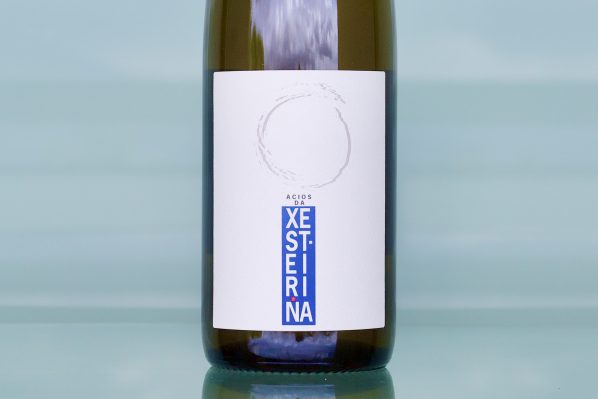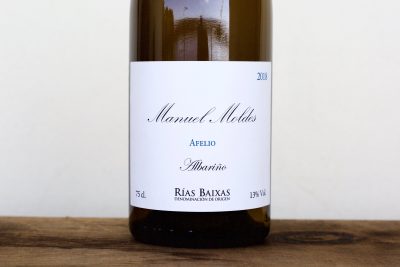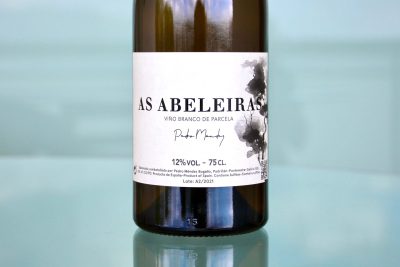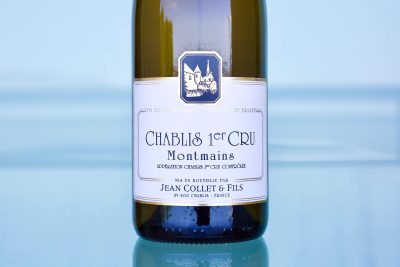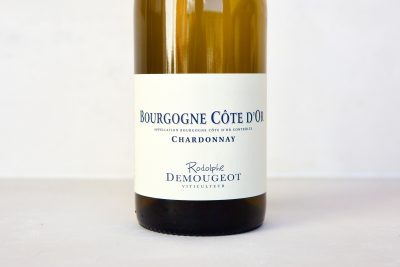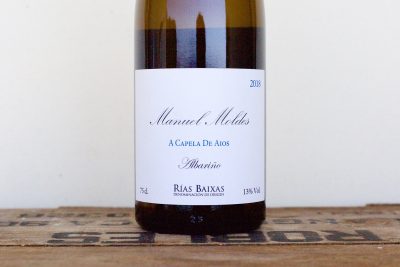Acios da Xesteiriña
Photography and writing by Ted Vance.
Led by the desire to rediscover the culture and vinous knowledge lost nearly a century ago in the wake of two world wars (though Spain was officially neutral in both), Galicia has emerged as a center point among the many pockets of today’s European wine renaissance. The Spanish Civil War, the ruthless Francoist dictatorship through to the mid-1970s, and the mass exodus from the countryside to industrial centers of Vigo, A Coruña, Ferrol and others throughout the 1900s, all played parts in the Galicians feeling a sense of desperation to reconnect the link between today and generations past.
The tip of the Galician spear is Rías Baixas’ Salnés Valley, where an unusually motivated and tightly knit community of winegrowers and restaurateurs, who are exposed to the entire world of wine, analyze their work with Albariño and strive to evolve and perfect the expression of this grape. Yet another Rías Baixas wellspring destined to be a new Salnés Valley Albariño superstar is the project and property known as Acios da Xesteiriña, owned and operated by the sharp and thoughtful wine guru, José Manuel Dominguez.

An Agricultural Engineer by trade with a university education, José Manuel comes from three generations of winegrowers in Salnés. When not focused on engineering or reading science books and articles (especially on plant science and soil biology), traveling and hiking, following architectural and landscaping developments, or consulting for other winegrowers who want to farm as naturally as possible without any foreign inputs in the vineyards, he’s focused on the work in his own vines and contemplating (though not altering) his wines in barrel as they find their way before bottling.
When asked what he would like for people to experience with his wines, José Manuel says, “Without a doubt, I hope for comments about my work in the vineyard with the management of the soil so that the microbiological activities interact to obtain minerals and deeper textures and nuances. I also want them to be perceived as authentic, and for this work to be valued because there are no vineyard inputs, like composts, soil amendments, or unnatural treatments, and in the cellar no added yeast or bacteria, with the ultimate target to forgo sulfites every year.” White wine without sulfites is a much taller order than it is with red, though today there are many shining examples that don’t contain a single part per million of added sulfites and yet seem almost bulletproof, even days or weeks after being open. Two decades ago this would’ve been unimaginable.
In his first official commercial year, 2020, José Manuel bottled a single Albariño from his small vineyard, which was replanted in 1986, north of Portonovo only two and a half kilometers from the Atlantic. Now there are two Albariños from this 1.1-hectare plot: one with added sulfites capsuled with blue wax and one sin sulfuroso in a red wax capsule, with a tiny red star on the label. Despite Xesteiriña’s multidimensional terrain with a soft incline on the south side, and a deep dip on the other side that climbs again to the forest and a neighboring vineyard, the grapes for both wines come from the same fruit across the entirety of this tiny vineyard. They are vinified partially in steel and old oak, with a maximum temperature of 24°C (75°F) to encourage a greater focus away from fruitiness (while colder fermentation temperatures highlight fruitiness), raised in old French oak barrels, and are neither fined nor filtered. The added sulfur Albariño (the one with the blue capsule) takes its only sulfur dose just before bottling.

Xesteiriña’s bedrock is unique for the Salnés Valley. A mining and geological institute surveyed the property and classified it as granodiorite, but it appears more complicated than that. Numerous rocks unearthed from the site could be classified as gneiss or schist (both metamorphic rocks), while granodiorite is an igneous rock. They likely contain the same minerals because any metamorphism here was likely related to this granodiorite, but the accessibility for the vines of these minerals and the soil grains developed once the rock is eroded is slightly different. Here, the extremely spare topsoil looks similar to the dark brown, dusty, dirt-like erosion of many terraced gneiss vineyards in Austria’s Wachau, rather than the sandy, gravelly, and clayey erosion from granite and granodiorite sites of Salnés.
We often observe that the textural components and shape of wines are influenced by the rock type, its contribution to the topsoil composition, and even the rock’s hardness, where the harder the rock the more square and powerful the wine; one could cite a few examples of the hard rock versus soft and the resulting monovarietal wines, like Burgundy’s Nuits-Saint-Georges hard rocks of the south hill compared to many other Côte de Nuits appellation, Sancerre’s extremely hard silex wines versus the many grown on softer calcareous rocks, and various crus in Germany’s dry Riesling epicenter, Rheinhessen, with the hard and blocky limestones of Hubacker compared to the softer loess formations of Kirchspiel, among many other examples.
The extremely dense bedrock of Xesteiriña may shed some light on Xesteirña’s unique shape and densely concentrated core when compared to many other Albariños grown in Salnés. Salnés is largely granitic—Manuel Moldes, another luminary in the appellation says Salnés is 99.99% granite, though he now has quite a few single-site Albariños from schist (A Capela de Aios, Peai, and As Dunas)—though a lot of the rock classified as granite may be mistaken, and technically classified as granodiorite. These two igneous rocks are very similar and it’s difficult to distinguish between them without the help of a geologist. Until the Salnés vineyards are properly mapped, granite will likely remain the conclusive local rock for the growers; a relief, since it’s so much easier to say than granodiorite. With the help of geologist, Ivan Rodriguez, we modified the diagram below to illustrate the differences between these two igneous rocks.

The unusually spare topsoil of Xesteiriña is only partially derived from the bedrock and has a greater proportion of organic matter, some of which José Manuel brought in from the surrounding forest to encourage more of the site’s original microbial life, flora and fauna prior to the 20 ares (one half of an acre) planted in 1972, and more vines in 1986, to reengage and contribute more quickly to the site. This extremely thin topsoil, only a few centimeters in some spots while barely over ten in others, may help explain the absence of fluff and the dominance of dense mineral impressions and texture.
Organic and biodynamic methods are part of José Manuel’s principles, but no-till, regenerative farming is a more apt description. Despite his close proximity to the ocean—a hostile environment for mildew and vine diseases—he remains one of the few who refuse to utilize systemic treatments against the mildew, applying only the minimal amounts of copper and sulfur sprays that all Europeans use in their vineyards, regardless of philosophy or high level, eco-friendly certifications. In the difficult growing season of 2022, during a walk through his vineyards, he explained that he had just a few clusters per vine (which were already picked) while his neighbor’s site was endowed with so many clusters it seemed like a vinous Promised Land of biblical proportion. But for José Manuel, it’s not about money or production levels; it’s about finding the least intrusive way to allow his terroir to speak its truth.
Acios da Xesteiriña - 2023 Albariño
24+ in stock






